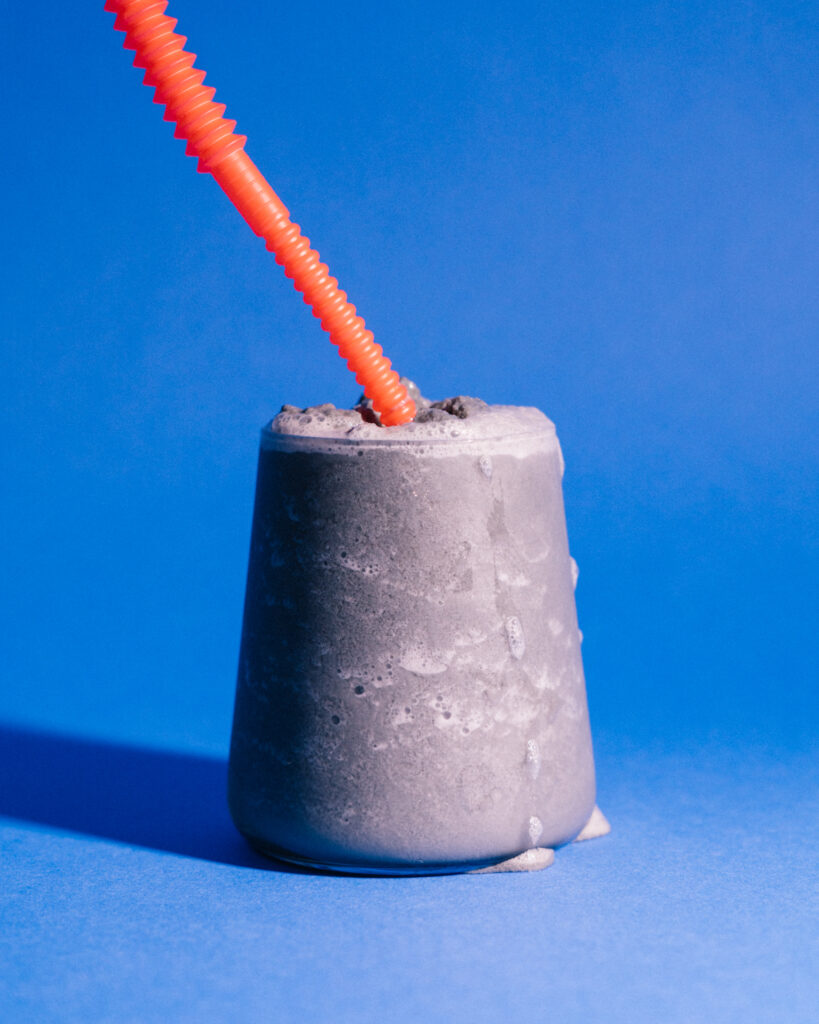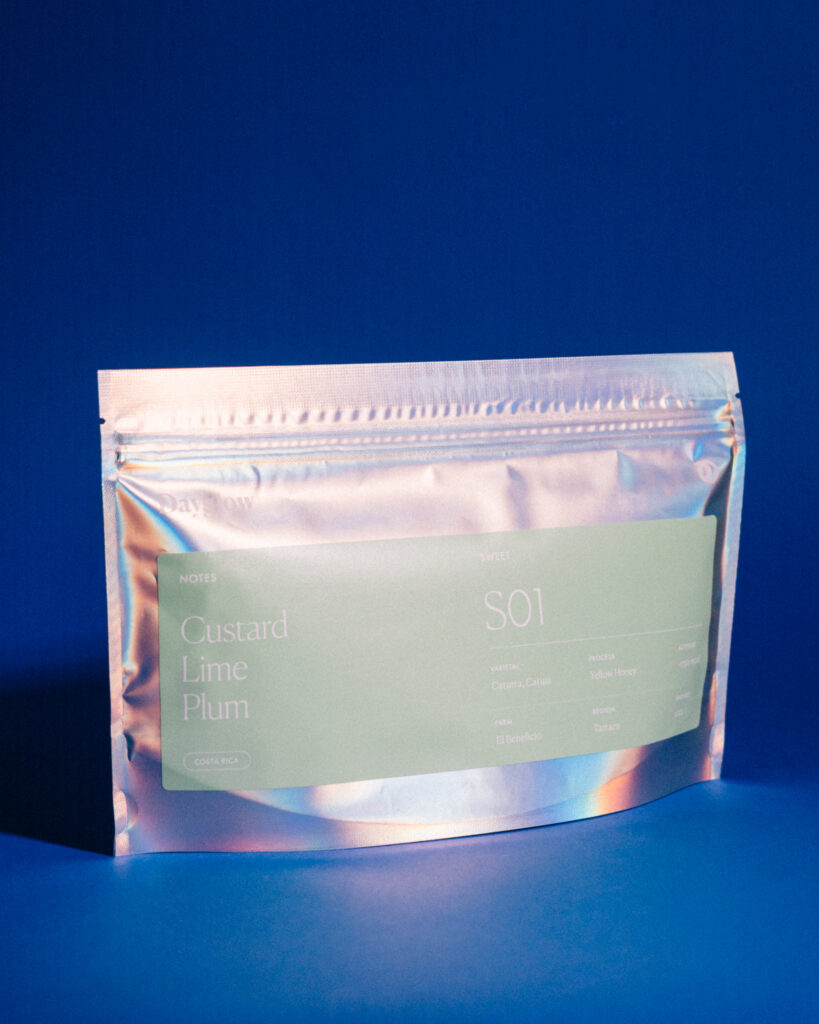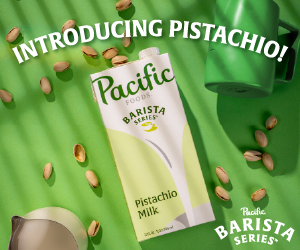Once upon a time, I’d only visit a cafe if I saw latte art on their Instagram page. I was new to coffee, living in a small town where anything other than Dunkin’ was at least a twenty-minute drive. A picture of a crisp rosetta signaled that a cafe cared about their drinks and helped ensure that my gas money wouldn’t be wasted on a bad experience.
Almost a decade later, I know (and proselytize) that latte art isn’t the sole quality metric, but the heart of the issue remains—cafe photography matters. Photography is the visual element of your brand that will stick with people. Images help inform decisions for your customers; they tell patrons who you are and what matters to you, convey the aesthetic of your space, and help promote and show off new menu items. If someone looked through the kaleidoscope of your coffee company, what combination of colors, objects, people, and places would they see?
Set the Intention
All it takes to improve your photography is a camera phone. However, a bit of intentionality is the first thing that separates the average Joe from the pros. Tohm Ifergan is the owner and brand manager for Dayglow Coffee, a nationally-recognized coffee brand with locations in LA and Chicago. Ifergan also runs a popular online subscription and says a significant portion of people find Dayglow through their popular Instagram account, which has over 50,000 followers.
“I knew right when we opened, I wanted to be a more national brand,” said Ifergan, rather than just building a regional presence. His vision from the start was to offer a curated collection of coffees from international roasters, with the primary focus being online sales. Although Dayglow has four cafe locations across LA and Chicago, Ifergan wanted to avoid marrying the brand’s visual identity to a physical space. “I always want to highlight the products as much as possible,” he said.
Dayglow’s Instagram grid is a colorful array of product photography. Holographic retail bags, cafe beverages, and pastries stand alone on solid-color backdrops that change with the seasons. Scrolling through, you’ll see the shift in mood from a grid of crisp product photos set on a delicate lavender background to another set on stark, deep cobalt blue. One image depicts a perfect cortado in high definition, slightly overfilled to form a pillowy surface, a single stream of milk dripping down the side of a smoke-tinted Gibraltar glass. The drink floats on a marigold backdrop, yet the shadows keep it anchored in space and time.
“Our approach is to make the product feel dramatic,” he said. “The framing, the distance, the item, the lighting, the contrast, the shadows—every aspect of it matters.”
Ifergan works with his longtime friend and photographer John Kingston to plan, shoot, and edit photos. Although Kingston didn’t have any experience photographing coffee at first, Ifergan trusted his eye and talent for product photography. The approach has been wildly successful, awarding Dayglow several nods for best social media and continually driving national online sales for their coffee subscription.
To Hire or Not To Hire
Hiring a professional is a surefire way to get high-quality images, but having a clear brand vision is essential. Before contacting a photographer, it’s a good idea to come prepared with a content strategy, shot list, and budget.
Luke Wright is a freelance photographer and the social media coordinator for La Colombe, a coffee roastery with locations across the United States. When working for a brand, Wright says having clear expectations helps him do his best work.
“Are they trying to have me hang around for a minute and do a few photos for their Instagram, or will it be a more long-term partnership,” he said. “I also want to know where they’re trying to go and who their audience is.”
Wright asks potential clients to make a list of other brands they like. “That gives me a frame of reference of who you’re trying to be and who you see yourself as a brand,” he said. “It doesn’t even have to be coffee-related.”
Ifergan said he also looks outside the coffee sphere for creative inspiration. “Truthfully, there aren’t many coffee brands that inspire me for photography,” he said. Instead, he looks to advertising agencies like Blood Orange, which works with large brands like Smarties and Daisy to style and shoot high-contrast, colorful product imagery.
For both Dayglow and La Colombe, photoshoots are planned months in advance. Shot lists focus on whatever will be in season and any upcoming product launches or events. To minimize waste and maximize efficiency, Dayglow strives to take as many photos as possible in one session using the same product, Ifergan said.
“It’s the most sustainable way to do product marketing,” he said. “And the best bang for your buck.”
A professional photographer is no small investment. Whether you’re shooting in-studio or on location, and if you’ll need additional lighting, props, or styling, photographers charge anywhere from $100 to $300 an hour. Have this conversation early, said Wright.
“Freelancers are often working paycheck to paycheck, and sometimes paychecks don’t come in for ninety days,” said Wright. “Being timely and very clear about how the photographer will get paid is wonderful.”
The DIY Photo Route
If you don’t have the budget to outsource photography, there are still many ways to do it yourself successfully. As a baseline, Wright recommends keeping the brand vision close at heart. That means being mindful of on-brand colors, lighting, and setting.
“I want to make sure our overall presence is very cohesive,” he said. “Someone should be able to look at it and be like, ‘Ah, a La Colombe photo.'”
Next, Wright recommends checking for cleanliness and technical accuracy. If he’s photographing a barista preparing a shot, he’ll first wipe away any stray grinds on the counter, be sure the portafilters are rinsed and clean, and only snap a picture of the most level tamping technique.
“I want to be accurate and create from a place of knowledge rather than have someone dictate to me in the comments how it should look,” he said.
After spending nine years photographing coffee, Wright constantly reimagines new ways to make it visually stimulating. The focus should be taste appeal, he says.
“How can I entice people to salivate at the sight of this photo?” says Wright. “It’s going to be the steam coming off the cup, the drips on the side of the glass, seeing the cream hit the coffee, especially if it’s a glass, catching the blend of the two liquids.”
Regardless of who is taking your photos, the aesthetic should remain cohesive. It helps to have a strong sense of brand vision and to use the same camera, filter, or Adobe Lightroom preset every time. And once you’ve figured it out with photography, it’s time to transition to video—that’s where the real engagement is, anyway.
























